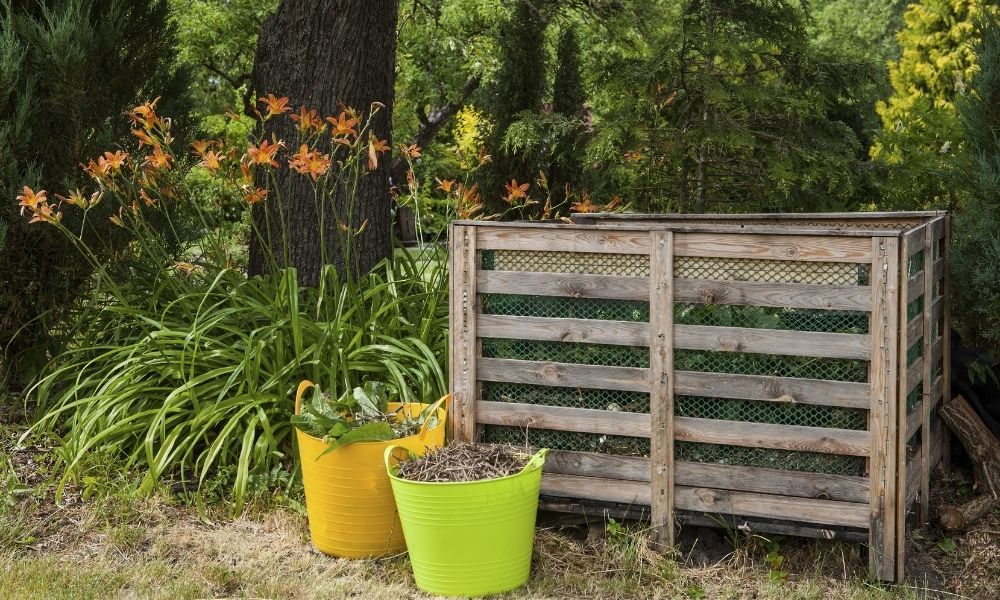Composting is an asset to commercial and hobby farms alike. If you’re just getting started with a vegetable or herb garden, keeping a compost pile can save you time and money. You can control the type and amount of nutrients in your soil with this organic method. Follow these tips for making a compost pile that yields the best results in town.
Layer Your Compost Pile
To create a compost pile, you will layer wet and dry materials. Begin with a layer of twigs or straw to aerate the bottom. Next, layer moist materials like food scraps with dry materials such as leaves, hay, and sawdust. Composters know to save their leaves every autumn for use in the pile. You can also add green manure such as grass clippings, wheatgrass, or clover to activate and speed up the composting process.
Pro Tip: Be careful not to chop your materials up too small. Composting is about organic decomposition, so be patient and allow the process to happen naturally.
Keep Your Compost Moist
Water is an essential component of the decomposition process. Depending on where you live, you may want to water your compost pile. Otherwise, you can allow rain and the natural moisture from your wet materials to provide the water needed for composting.
Pro Tip: Use a variety of compost materials to promote nutrient variety and density in your compost that will benefit your garden. Add diversity with apples, potato peels, and lettuce stems in addition to yard waste.
Secure Your Compost Pile
A common mistake that many people make when creating their first compost pile is forgetting to cover it. If you keep food scraps outside, animals are likely to try and get to them. Once all your food scraps are gone, your compost pile won’t get the nutrients it needs to supply your garden with good soil.
You will also want to build a sturdy compost pile. Determine how large of a compost pile you want, then hammer wood posts in the ground to mark the borders. You can use wood fencing or chicken wire attached with durable fencing staples to create the sides of your compost pile.
Turn the Compost
Some compost piles need to be turned every few weeks. Use a pitchfork or a shovel to lift the materials from the bottom and bring them to the top. This allows air to move through your compost pile if there aren’t enough dry materials present to help add oxygen to the pile. Oxygen plays a major role in the decomposition process.
Skipping any of these tips for making a compost pile may leave you with nothing but mud. You’ll get the most out of composting when you enrich your manure with diverse materials and use a well-constructed pile.














